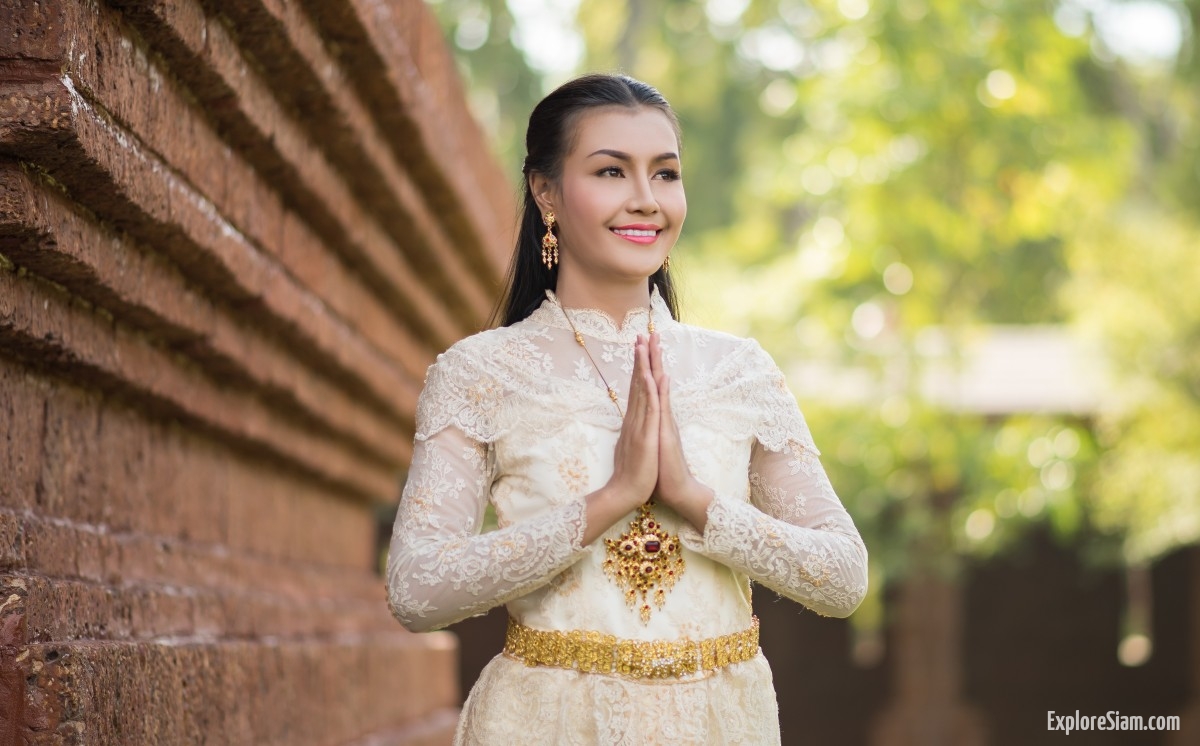In Thailand, the wai gesture stands as a quintessential symbol of the country’s rich cultural heritage and its deep-seated tradition of hospitality. This graceful gesture, performed by pressing the palms together in a prayer-like fashion and bowing the head slightly, is more than just a greeting. It encapsulates respect, gratitude, and a sense of community, reflecting the essence of Thai social etiquette.
The origins of the wai can be traced back to ancient India, where it was used as a gesture of respect and reverence. Over time, it was assimilated into Thai culture, evolving into a distinctive practice with unique variations and meanings. The wai is deeply ingrained in Thai society, used in various contexts ranging from everyday interactions to religious ceremonies and official events.
Performing the wai involves a nuanced understanding of its different levels and appropriate usage. The height at which the hands are held and the degree of the bow indicate the level of respect being conveyed. For instance, when greeting equals or those of similar social standing, the hands are placed at chest level with a slight bow. When addressing elders or individuals of higher social status, the hands are raised to the nose or forehead, accompanied by a deeper bow. In religious contexts, such as when paying respects to monks or sacred images, the hands are held at the forehead, with the bow being the deepest.
The wai is not merely a mechanical gesture but a reflection of the Thai values of respect and humility. It serves as a reminder of the importance of acknowledging and honoring others in daily life. This practice fosters a sense of harmony and mutual respect, essential components of the Thai way of living.
In addition to its use as a greeting, the wai is also employed to express gratitude, apology, and farewell. It is a versatile gesture that conveys a wide range of emotions and intentions, making it a powerful tool for communication in Thai society. The wai’s ability to convey complex social cues in a simple, elegant manner underscores its significance in maintaining social harmony.
Foreigners visiting Thailand are often encouraged to learn and practice the wai as a sign of respect for local customs. While it is generally understood that tourists may not be familiar with the intricacies of the gesture, making an effort to perform the wai is greatly appreciated by the Thai people. It demonstrates a willingness to engage with and respect their cultural norms, fostering positive interactions and deeper cultural exchange.
The wai is also closely linked to the concept of ‘sanuk,’ a term that embodies the Thai approach to life, emphasizing fun, enjoyment, and a light-hearted attitude. Even in formal or serious contexts, the wai is performed with a certain grace and ease, reflecting the Thai belief in maintaining a cheerful and harmonious demeanor.
In contemporary Thailand, the wai continues to hold its place as a vital aspect of social etiquette, despite the increasing influence of global cultural practices. In business settings, the wai is often combined with the Western handshake, creating a unique blend of traditional and modern customs. This adaptability highlights the enduring relevance of the wai in Thai society.
The wai gesture is more than just a traditional greeting; it is a profound expression of Thai cultural identity and hospitality. It encapsulates the values of respect, humility, and harmony that are central to Thai social interactions. For visitors to Thailand, embracing the wai offers a gateway to understanding and appreciating the rich cultural tapestry of the country. Through this simple yet powerful gesture, one can experience the warmth and graciousness that define Thai hospitality, leaving a lasting impression of a culture that values respect and community above all.





